National Symbols of Bhutan
The National Flag
The flag of Bhutan, split in vibrant yellow and deep orange, features a fierce white dragon (Druk) at its center. Yellow symbolizes the king’s authority and peace, while orange reflects the rich Buddhist heritage. The dragon embodies purity and strength, holding jewels that represent prosperity. Together, these elements capture Bhutan’s unique identity and commitment to Gross National Happiness.


The National Emblem
The emblem of Bhutan features a circle enclosing two crossed vajras over a lotus, flanked by dragons on either side. Above them lies the wish-fulfilling jewel, symbolizing the sovereign power of the people. At the intersection of the vajras, four jewels represent the harmonious blend of spiritual and secular traditions rooted in Vajrayana Buddhism. The lotus signifies purity, while the dragons embody the name of the Kingdom, encapsulating Bhutan’s rich cultural and spiritual heritage.


National Dress: Gho & Kira
In the 17th century, Zhabdrung Ngawang Namgyel introduced traditional Bhutanese attire: the gho for men and the kira for women. The kira is an ankle-length rectangular dress held in place by komas (brooches) and a handwoven belt called kyera. Women wear a wonju (blouse) underneath and a toego (open jacket) on top.
Men don the gho, a knee-length robe secured at the waist with a smaller kyera, creating a pouch. Long socks and shoes complete the look. In Bhutan, wearing the kira and gho is mandatory in offices and administrative centers. For official occasions, men add a kabney (scarf), while women wear a rachu, with the color of the kabney indicating the wearer’s rank. This attire reflects Bhutan's cultural identity and reverence for tradition.
National Flower : Blue Poppy
The national flower of Bhutan is the blue poppy (Meconopsis grandis), celebrated for its striking beauty and vibrant blue petals. This unique flower thrives in the high-altitude regions of the Himalayas, symbolizing the country’s rich natural biodiversity and pristine environment. After enduring the harsh winter weather it blooms to its full beauty in the spring. The locals call it “Euitgel Metog Hoem. The blue poppy is not only cherished for its visual appeal but also represents the resilience and spirit of the Bhutanese people, thriving in the challenging mountainous terrain.
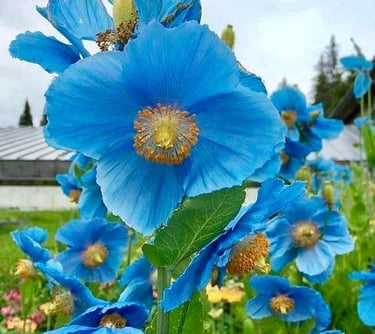

National Animal: Takin
The takin (Budorcas taxicolor) is Bhutan's national animal, known for its rarity and unique appearance, resembling a blend between a cow and a goat. This remarkable mammal herds in steep, dense forests at altitudes around 4,000 meters. According to legend, the 15th-century Tibetan saint Drukpa Kunley, famously known as the "Divine Madman," created the takin, adding to its cultural significance. As a symbol of strength and resilience, the takin reflects Bhutan's rich biodiversity and the nation's commitment to preserving its natural heritage.
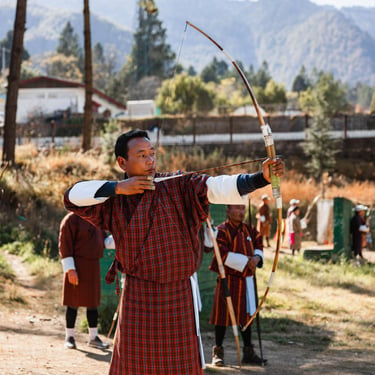

National Game: Archery
Archery is the national game of Bhutan, deeply rooted in the country's culture and folklore. The bow and arrow hold significant meaning in many Bhutanese myths and legends. Declared the national sport in 1971, when Bhutan joined the United Nations, archery is played during tournaments, leisure activities, and religious celebrations, often featuring prominently in local festivals. While traditional bamboo bows have largely been replaced by compound bows, many enthusiasts still practice the sport in its original form. This enduring tradition showcases Bhutan's commitment to preserving its cultural heritage while embracing modernity, making archery a vibrant expression of national identity.
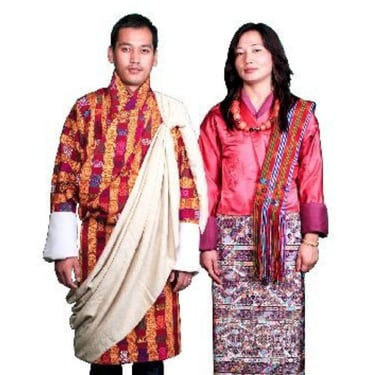

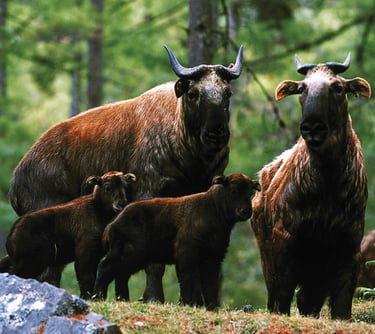

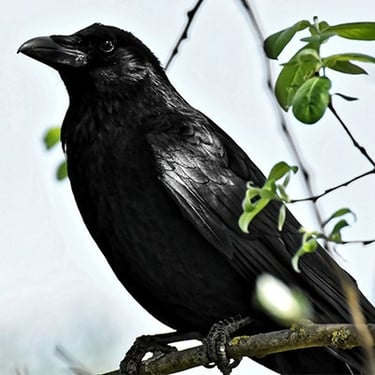

National Bird: Raven
The raven, specifically the Corvus corax, is the national bird of Bhutan and holds significant cultural and spiritual importance. It represents the deity Jarog Dongchen, believed to lead and unify the nation. The raven, larger than a crow, symbolizes strength, protection, and guidance. Its prominent depiction in Bhutanese royal crowns and folklore highlights its role in the country’s heritage. Revered for its intelligence and adaptability, the raven embodies the spirit of Bhutan, reflecting the harmonious relationship between nature and the rich cultural tapestry of the nation.
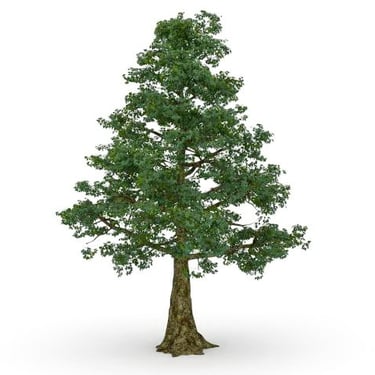

National Tree: Cypress
The national tree of Bhutan is the cypress (Cupressus torolusa), locally known as "Tsenden." Thriving at altitudes between 1,800 and 3,500 meters, this evergreen tree can reach heights of up to 45 meters. Its resilience in rugged terrain symbolizes bravery and simplicity, reflecting the enduring spirit of the Bhutanese people. The cypress is not only significant for its ecological role but also represents the harmony between nature and culture in Bhutan, embodying the values of strength and perseverance inherent in the nation's identity.


